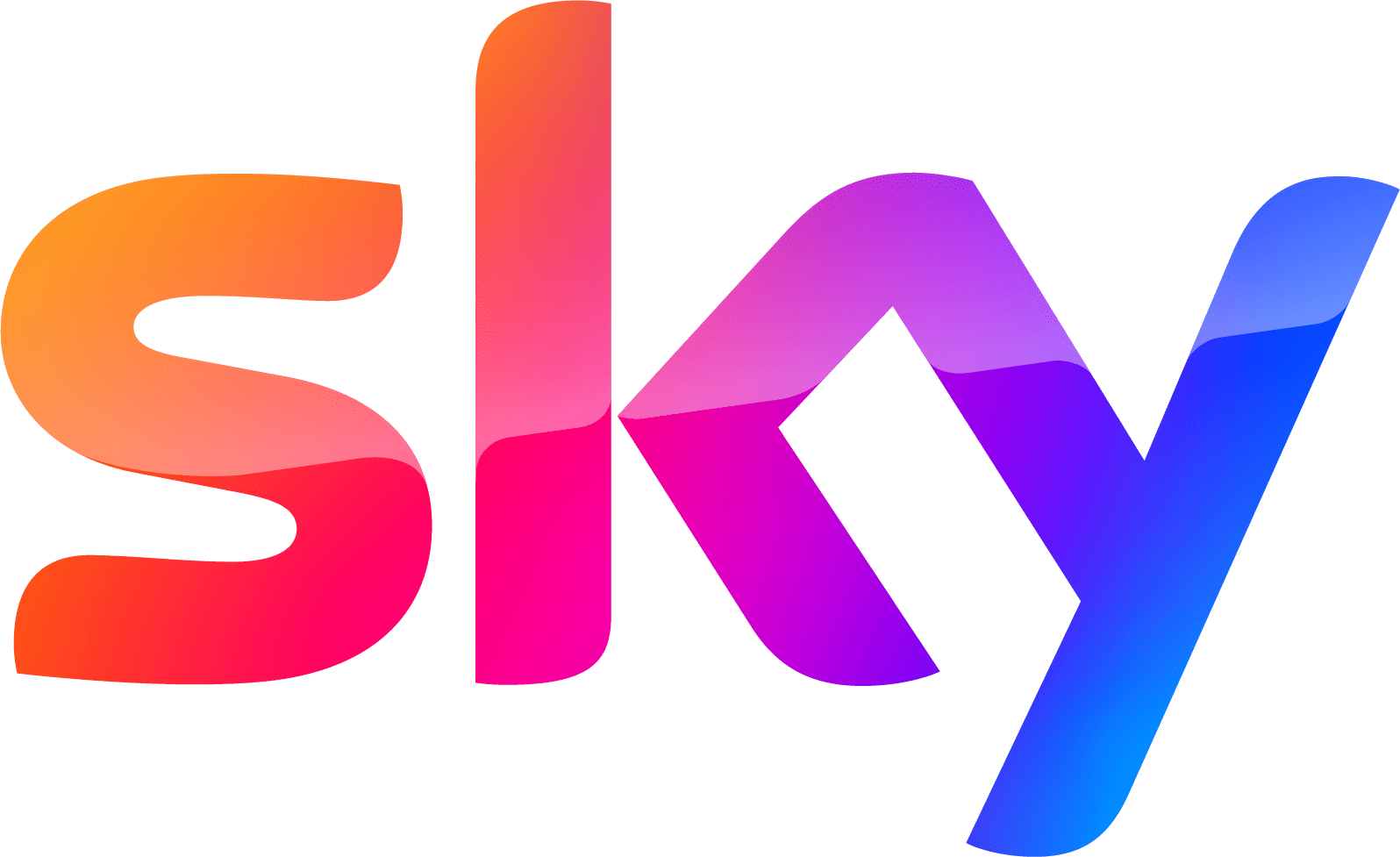Are you considering pursuing higher education but worried about the cost? Education loans can provide a solution by financing your studies and enabling you to achieve your academic goals. However, these loans can often be complex and confusing, leading many aspiring students to give up on their dreams due to lack of information. In this article, we aim to demystify education loans and provide you with all the essential information you need to make informed decisions.
From understanding the different types of loans available to knowing the eligibility criteria and repayment options, we will guide you through the entire process. We will also debunk common myths surrounding education loans and address frequently asked questions to ensure you have a clear understanding.
Whether you’re a student or a parent, this article is your comprehensive guide to navigating the world of education loans. So, join us as we break down the jargon and empower you with the knowledge you need to make the best financial choices for your education. Don’t let the cost of education hold you back – take control of your future with the right information and resources at your fingertips.
Types of Education Loans
When it comes to education loans, there are various options available depending on your needs and circumstances. The most common types of education loans include federal student loans, private student loans, and parent loans. Each type has its own set of terms and conditions, so it’s essential to understand the differences before making a decision.
Federal student loans are loans offered by the government and often come with lower interest rates and more favorable repayment options. They are typically available to both undergraduate and graduate students and are based on financial need. These loans offer various benefits, such as fixed interest rates, income-driven repayment plans, and loan forgiveness programs.
Private student loans, on the other hand, are offered by banks, credit unions, and other financial institutions. They are not backed by the government and usually have higher interest rates compared to federal loans. Private loans may be a viable option for students who have exhausted all federal loan options or need additional funds to cover their education expenses.
Parent loans, as the name suggests, are loans taken out by parents to finance their child’s education. These loans are typically offered at competitive interest rates and allow parents to spread the cost of education over a longer period. Parent loans can be a good alternative if the student is not eligible for federal loans or if the parents want to take on the responsibility of repaying the loan.
In summary, understanding the different types of education loans is crucial to determine which option is most suitable for you. Federal student loans provide more benefits and flexibility, while private student loans and parent loans can be considered as alternatives depending on your specific circumstances.
Pros and Cons of Education Loans
Like any financial decision, education loans come with both advantages and disadvantages. It’s important to weigh these factors carefully before committing to a loan.
One of the key advantages of education loans is that they enable individuals to pursue higher education, which can lead to better career prospects and earning potential. Education loans provide access to educational opportunities that might otherwise be unaffordable for many students. They allow students to focus on their studies without the immediate burden of paying for tuition fees and other expenses.
Another benefit of education loans, particularly federal loans, is the favorable repayment options they offer. Federal student loans often come with income-driven repayment plans, which cap monthly payments at a percentage of the borrower’s income. This can be especially helpful for individuals who may not earn a high income initially but expect to increase their earnings over time.
On the downside, education loans can accumulate interest over time, resulting in higher repayment amounts. This can be a significant burden for individuals who are unable to secure a well-paying job after graduation. It’s essential to carefully consider the total cost of borrowing, including interest, before taking out a loan.
Additionally, education loans are a form of debt that must be repaid, regardless of whether or not the borrower completes their degree or finds employment in their chosen field. This means that if you’re unable to find a job or face financial difficulties, you’ll still be responsible for repaying the loan. It’s crucial to have a realistic plan for repayment and to consider the potential risks before taking on a loan.
In conclusion, education loans can provide access to higher education and open doors to better opportunities. However, it’s important to consider the potential drawbacks and make an informed decision based on your individual circumstances and financial situation.
Eligibility Criteria for Education Loans
Before applying for an education loan, it’s important to understand the eligibility criteria set by lenders. These criteria vary depending on the type of loan and the lender’s requirements. Here are some common eligibility factors to consider:
- Enrolled in an accredited institution: Most education loans require borrowers to be enrolled in a recognized and accredited educational institution. This can be a college, university, vocational school, or trade school.
- Citizenship or residency status: Some education loans may have specific requirements regarding citizenship or residency status. Federal student loans, for example, are typically available to U.S. citizens or eligible non-citizens.
- Creditworthiness: Private student loans often consider the borrower’s credit history and credit score. A good credit score can increase your chances of approval and may result in more favorable interest rates.
- Income and employment: While federal student loans do not require a minimum income or employment, private lenders may consider your income and employment status when evaluating your loan application. This helps them assess your ability to repay the loan.
- Co-signer: If you have limited credit history or low income, you may need a co-signer, such as a parent or guardian, to increase your chances of approval. The co-signer agrees to take on the responsibility of repaying the loan if you’re unable to do so.
It’s important to note that eligibility criteria can vary among lenders, so it’s essential to research and understand the specific requirements for each loan option you’re considering. Meeting the eligibility criteria is crucial to increase your chances of loan approval and secure favorable terms.
How to Apply for an Education Loan
Once you’ve determined your eligibility for an education loan, the next step is to navigate the application process. While the specific steps may vary depending on the type of loan and lender, here are some general guidelines to help you get started:
- Research loan options: Begin by researching and comparing different loan options to find the one that best suits your needs. Consider factors such as interest rates, repayment terms, and borrower benefits.
- Gather necessary documents: To apply for an education loan, you’ll typically need to provide certain documents, such as proof of enrollment, identification documents, income verification, and any additional documentation requested by the lender.
- Complete the application: Fill out the loan application accurately and truthfully, providing all the required information. Be prepared to provide details about your educational institution, program of study, and loan amount requested.
- Consider a co-signer: If you have limited credit history or low income, consider finding a co-signer who can strengthen your application. A co-signer with a good credit history can increase your chances of loan approval and secure better terms.
- Review and sign the loan agreement: Carefully review the terms and conditions of the loan agreement before signing. Pay close attention to interest rates, repayment terms, and any associated fees or charges.
- Submit the application: Once you’ve completed the application and reviewed the loan agreement, submit your application to the lender. Some lenders may offer online application options for convenience.
- Wait for approval: After submitting your application, you’ll need to wait for the lender to review and process your application. The timeframe for approval can vary depending on the lender and the volume of applications they receive.
- Accept the loan offer: If your loan application is approved, you’ll receive a loan offer detailing the loan amount, interest rate, and repayment terms. Read the offer carefully and accept it if you’re satisfied with the terms.
By following these steps, you can navigate the application process more effectively and increase your chances of securing an education loan that meets your needs. Remember to read the fine print, ask questions, and seek clarification if needed to ensure you fully understand the terms and conditions before accepting the loan.
Interest Rates and Repayment Options
Understanding the interest rates and repayment options associated with education loans is crucial for managing your finances effectively. Here’s an overview of the key factors to consider:
Interest Rates:
- Federal student loans typically have fixed interest rates, meaning the rate remains the same throughout the life of the loan. This provides stability and predictability when it comes to repayment.
- Private student loans, on the other hand, may have fixed or variable interest rates. Fixed rates remain the same, while variable rates can fluctuate over time based on market conditions. It’s important to consider the potential impact of interest rate changes on your monthly payments.
Repayment Options:
- Federal student loans offer various repayment options, including standard repayment, income-driven repayment plans, and extended repayment plans. Income-driven plans base monthly payments on a percentage of your income, making repayment more manageable for individuals with lower incomes.
- Private student loans may offer different repayment options, depending on the lender. It’s important to review the available plans and choose one that aligns with your financial situation and goals.
It’s crucial to carefully consider the interest rates and repayment options before taking out an education loan. Calculate the total cost of borrowing, including interest, and determine if the repayment terms are feasible for your budget. If possible, make additional payments or pay off the loan early to save on interest charges.
Government Schemes and Subsidies for Education Loans
In addition to traditional education loans, there are several government schemes and subsidies available to help make higher education more affordable. These programs aim to provide financial assistance to students and alleviate the burden of loan repayment. Here are some key government initiatives to consider:
- Pell Grants: Pell Grants are need-based grants offered by the U.S. Department of Education to undergraduate students. Unlike loans, grants do not need to be repaid, making them an attractive option for students with financial need.
- Work-Study Programs: The Federal Work-Study Program provides part-time job opportunities to undergraduate and graduate students with financial need. These jobs are typically on-campus or with approved off-campus employers and help students earn money to cover their education expenses.
- Loan Forgiveness Programs: The Public Service Loan Forgiveness (PSLF) Program allows borrowers who work in public service jobs to have their remaining federal student loan balance forgiven after making 120 qualifying payments. This program can be particularly beneficial for individuals pursuing careers in fields such as teaching, nursing, or public service.
- State-Specific Programs: Many states offer their own scholarship and grant programs to help students finance their education. These programs may have specific eligibility criteria and can provide additional financial assistance beyond federal programs.
By exploring government programs and subsidies, you may be able to reduce your reliance on loans or find additional sources of funding for your education. It’s important to research the specific programs available in your state and understand the eligibility requirements and application processes.
Tips for Managing Education Loan Debt
Managing education loan debt effectively is crucial to avoid financial stress and ensure a successful repayment journey. Here are some tips to help you manage your loan debt more efficiently:
- Create a budget: Establish a budget that includes your loan repayment as a fixed expense. This will help you allocate your income effectively and ensure you have enough funds to cover your monthly payments.
- Minimize unnecessary expenses: Cut back on non-essential expenses to free up additional funds for loan repayment. This may involve reducing entertainment costs, dining out less frequently, or finding cost-effective alternatives for transportation.
- Consider loan consolidation or refinancing: If you have multiple education loans, consider consolidating them into a single loan or refinancing them to secure a lower interest rate or more favorable repayment terms. This can simplify your repayment process and potentially save you money in the long run.
- Explore loan forgiveness options: If you’re working in a public service job or a qualifying profession, research loan forgiveness programs that may be available to you. These programs can provide significant relief by forgiving a portion or all of your remaining loan balance after a certain number of qualifying payments.
- Communicate with your loan servicer: If you’re facing financial difficulties or are unable to make your loan payments, contact your loan servicer immediately. They may be able to offer options such as deferment, forbearance, or income-driven repayment plans to help you manage your loan debt more effectively.
- Prioritize high-interest loans: If you have multiple loans, focus on paying off the ones with the highest interest rates first. This will help you save on interest charges over time and can accelerate your journey to becoming debt-free.
Remember, managing education loan debt requires discipline, planning, and regular communication with your loan servicer. By staying proactive and taking steps to manage your loans effectively, you can minimize the financial burden and achieve your long-term financial goals.
Alternatives to Education Loans
While education loans are a common way to finance higher education, they may not be the only option available to you. Here are a few alternatives to consider:
- Scholarships and Grants: Scholarships and grants are forms of financial aid that do not need to be repaid. These can be awarded based on merit, need, or other qualifying criteria. Research and apply for scholarships and grants that align with your academic achievements, interests, or background.
- Work-Study Programs: As mentioned earlier, work-study programs provide part-time job opportunities to students with financial need. These programs allow you to earn money while gaining valuable work experience, which can help offset your education expenses.
- Employer Tuition Assistance: Many employers offer tuition assistance or reimbursement programs as part of their employee benefits package. If you’re currently employed or planning to work while pursuing your education, explore if your employer provides any financial support for your studies.
- Savings and Personal Funds: If you have been saving money or have personal funds that can be used to cover your education expenses, consider using these funds before resorting to loans. While it may deplete your savings temporarily, it can help reduce your reliance on loans and minimize future debt.
By exploring these alternatives, you may be able to reduce the amount of loans you need to take out or even eliminate the need for loans altogether. Remember to research and apply for scholarships and grants early, as competition can be fierce.
Conclusion
Demystifying education loans is crucial for aspiring students and parents who want to pursue higher education without being overwhelmed by the financial burden. By understanding the different types of loans available, eligibility criteria, application process, and repayment options, individuals








